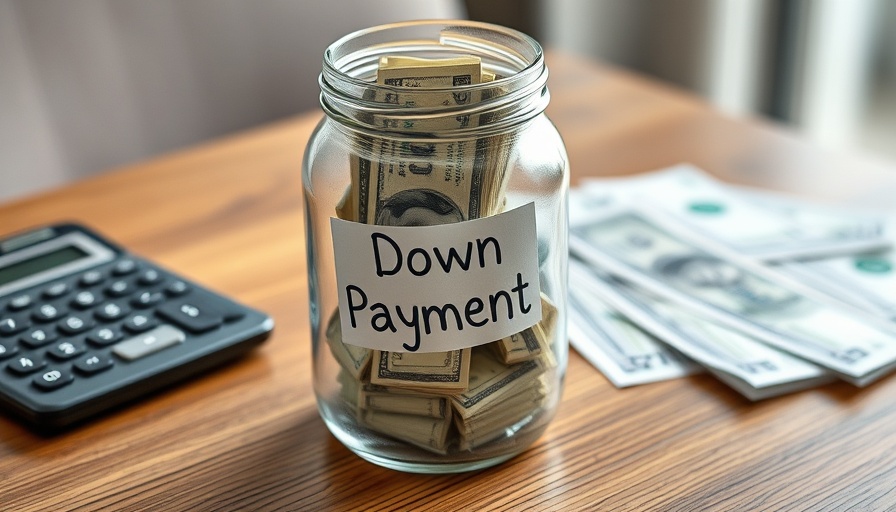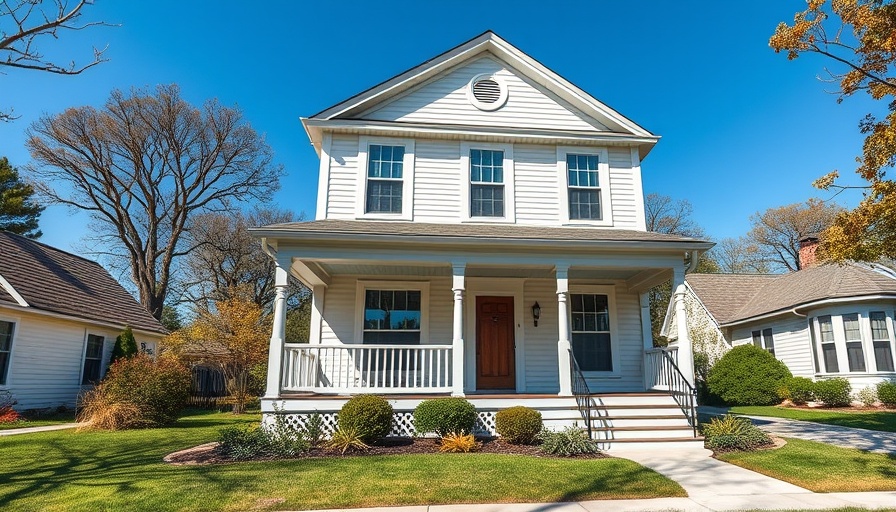
L.A. Fire Aftermath: Understanding the Dangers and Opportunities
When wildfires tore through Los Angeles in January, they did more than scorch land; they devastated communities and transformed lives. The hardest-hit areas, such as Pacific Palisades, Altadena, and Malibu, saw entire neighborhoods obliterated, resulting in the loss of 30 lives and the evacuation of 180,000 residents. With over 17,000 structures gone and damages exceeding $8 billion, the emotional aftermath weighs heavily alongside the financial disaster. For many Angelenos, it’s not merely property that has been lost—it’s cherished memories and the fabric of their communities.
Rising Rents and the Housing Crisis
Even before the flames sparked chaos, Los Angeles was grappling with a housing crisis, marked by skyrocketing rents averaging $2,200 per month and home prices nearing $950,000. The aftermath of these wildfires exacerbated these existing issues, with thousands left homeless and scrambling for limited rental options. As displaced families face increased rental costs—many listings now hover around $2,500 monthly—finding affordable housing has become a daunting task for low- and middle-income earners, straining an already tattered system.
Reimagining a Resilient Future
Yet, amidst the devastation emerges a glimmer of hope. Local leaders, community groups, and concerned residents are working hand-in-hand to rethink how housing can be rebuilt. The focus is shifting from simply restoring what was lost to creating an infrastructure that uplifts and protects communities from future disasters. This push to rebuild smarter builds both a pathway to recovery and an opportunity to innovate in how homes and neighborhoods are constructed.
How You Can Help
As the recovery unfolds, various organizations and charities are mobilizing to provide aid and support. Community members are encouraged to lend a hand, whether through donations or volunteering efforts. Every action helps to sow the seeds of resilience!
 Add Row
Add Row  Add
Add 




Write A Comment